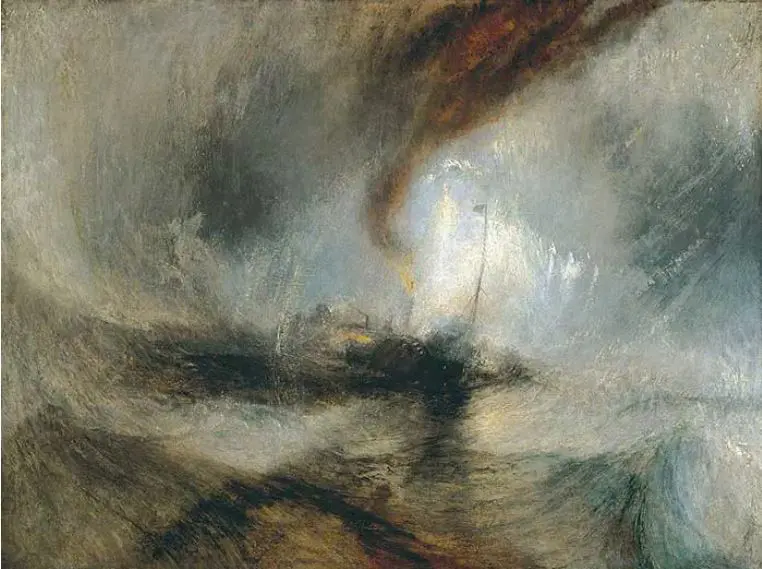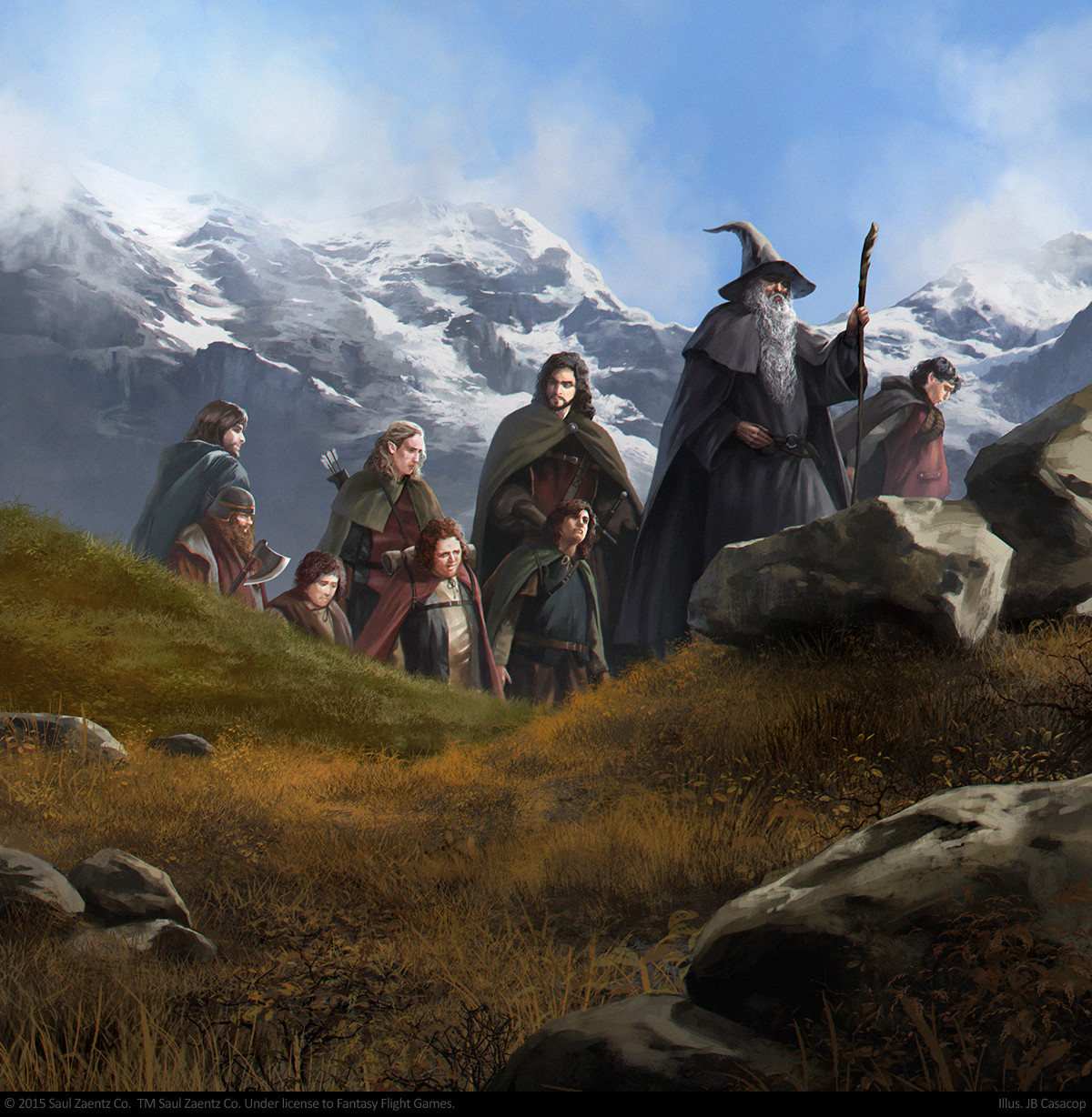Hey folks!
Those of you following my PF2 design posts might have noticed a dip in that type of post over the last few months. In particular, I'd gestured towards fleshing out a lot of different PF2 scenario structures, and have not done so beyond Dungeons. There are two main reasons for this. The first is boring and kinda sad, which is that I've had very low capacity for doing things that involve screens due to a pretty bad concussion that I've been struggling with for the past couple of months. The second, however, is much more exciting.
For the last several years, I've been tinkering with my own homebrew system, called Shadowbreaker, and it is finally in a form that I feel comfortable sharing. In the spirit of Prismatic Wasteland's 2025 challenge, this is still very much a beta - there's a lot missing, especially monsters, treasure (and other rewards), and scenario structures. I have playtested it in one-shots and with 2 PCs, but am only just now starting my first full-group playtest - I'm sure things will change, but I'm also really happy with where it's at.
If all you want is the straight dope, as Matt Colville says, here is a link to the most up to date playtest document! As well as the Character Sheet front and back. If you want more on my thought process, as well as an explanation of what sets this game apart from others, read on!




